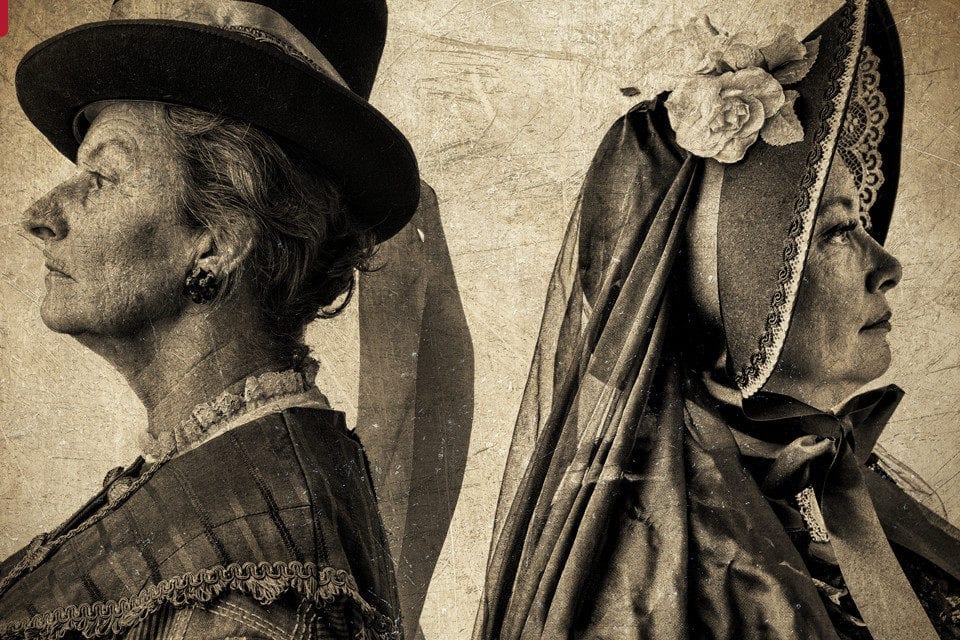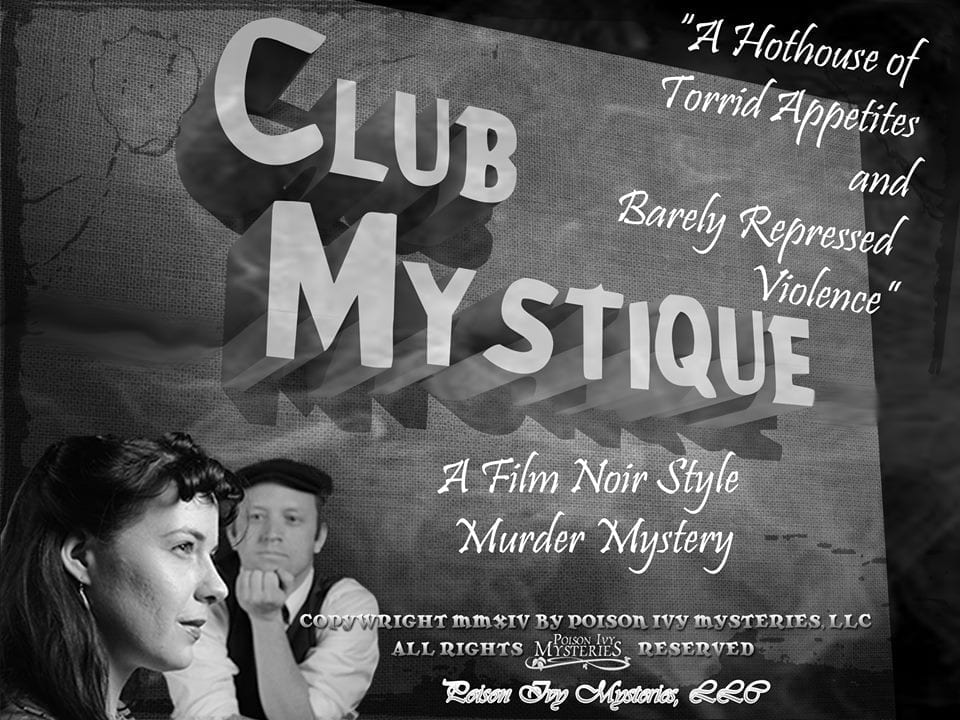SALT LAKE CITY — Theatrical adaptations of historical figures are quite common throughout live theatre, and bring with them a sense of wonder about the lives of those whose names we have seen on the page and wondered more about. Such is the case of Mary Todd Lincoln, wife of President Abraham Lincoln. Much has been speculated about her mental and physical health. The story of Mary and Myra, written by Catherine Filloux, centers around Mrs. Lincoln, as she was institutionalized in an insane asylum, and the feminist lawyer who came to her aid. Myra Bradwell attempts to release Mrs. Lincoln from the asylum, while making a name for herself at a time when women in Illinois were not permitted to practice law.
When putting on a two-person production, the director must pay a great deal of attention to the chemistry on stage. I have seen productions where one of the actors did not match the other and the result is a less solid performance. Such was not the case for Mary and Myra. Tamara Johnson Howell, who plays Mary Lincoln, and Teresa Sanderson (as Myra Bradwell) were well matched in acting ability. Both were able to bring the emotional level of the story to a place that kept the audience intrigued throughout the show. Howell had an especially difficult task, portraying a woman for whom historians have not yet reached a consensus on her state of mental health. What impressed me most about Howell was her ability to portray the character in a way that invoked a sense of empathy for the many struggles she had gone through, from losing her sons to watching her husband’s murder, to having her only child press for her institutionalization. Rather than dismissing this person as crazy, it was a beautiful look into the factors surrounding mental illness, and the steps we take to try and survive such tragedies.
Sanderson eloquently played a character that was a friend to Mrs. Lincoln, but also very aware of her own uphill battle to be seen as a woman capable of working in a traditionally-male field. She also saw that Mrs. Lincoln did not always follow the protocol of propriety, and skillfully portrayed the level of stress and anxiety that she must have felt when trying to prove that Mrs. Lincoln could be removed from the asylum. Sanderson had the difficult task as an actress of remaining calm in the chaos, and keeping her emotions level enough to seem competent, but high enough to keep the audience at attention. I feel the two characters played off each other superbly, and held my interest through the entire show.
Much can be said about the set and costume design. While a show that has all the action in one room may seem like a simple set design, the truth is that it needs to be elaborate enough to create the ambiance needed, but simple enough to not detract from the show as a whole. Scenic designer Thomas George created that needed balance in the design of Mrs. Lincoln’s room, and also adhered to the necessary considerations of the time period. Combined with that were the costume designs by Michael Nielsen, which paid a great deal of attention to the time period, as well as the feel of the show. According to history, Mrs. Lincoln was a person who loved fashion, but only wore black after the death of her husband. The costuming choices reflected both of these facts quite nicely, and added a great deal to the impact of the show.
Finally, the entirety of the show’s feel demonstrates the great direction of Fran Pruyn. Pruyn is Pygmalion Productions‘ artistic director, and I can tell that she stands behind the mission to present theatre that covers issues faced by women in history. Though this show reflected the life two women that lived well over a hundred years ago, the themes of mental illness, judgment, and societal expectations of women ring especially true today. I had not heard of this play before going to see this production; however I feel it is an important theatrical piece of work to consider.





